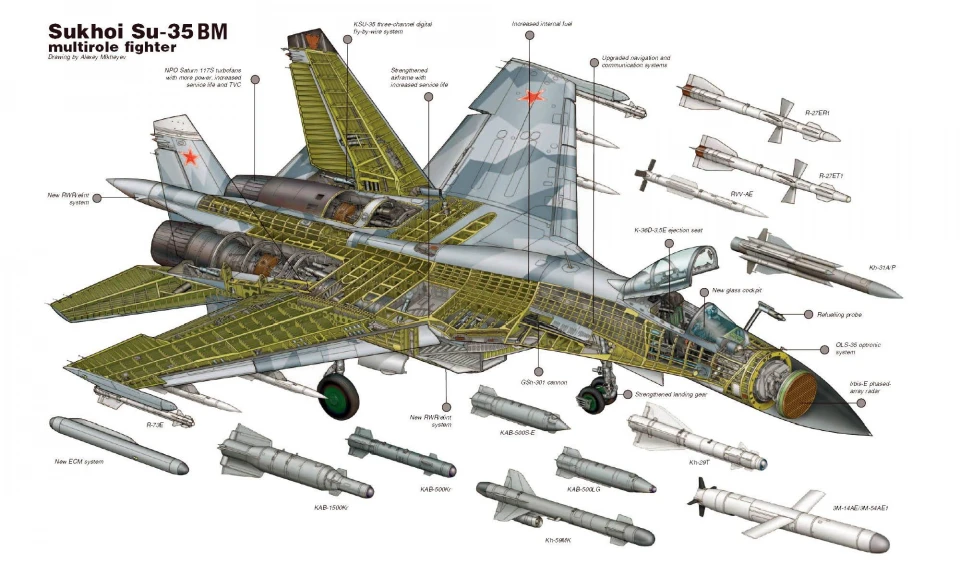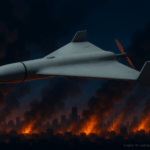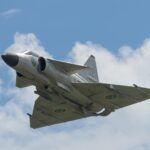An investigation summarized by Militarnyi concludes that Russia’s frontline Su-34 fighter-bombers and Su-35S air-superiority jets are built around foreign electronics rather than indigenous avionics, echoing findings that these aircraft are “composed primarily of Western electronics.” militarnyi.com The underlying report—conducted by International Partnership for Human Rights (IPHR) with Ukraine’s Independent Anti-Corruption Commission (NAKO) and Hunterbrook—mapped 1,119 distinct microelectronic parts inside the two aircraft families and found that 1,115 of them were produced by companies headquartered in the United States, Germany, Japan, Taiwan, South Korea, and France. These parts range from integrated circuits and field-programmable gate arrays to microcontrollers, capacitors, and power-conversion modules that enable the jets’ targeting, communications, navigation, and mission computers. IPHRunited24media.com To link components to consequences, researchers reconstructed more than 60 Russian airstrikes between May 2023 and May 2024 and selected ten emblematic cases with high confidence about the aircraft and munitions used. Those attacks killed 26 civilians and injured 109, destroying or damaging homes, schools, medical facilities, and energy infrastructure. One of the best-documented examples is the May 25, 2024 strike on Kharkiv’s Epicentr hypermarket, attributed to a Su-34 dropping UMPB D30-SN glide bombs; investigators argue these precision weapons rely on imported electronics found throughout the aircraft. IPHRDefence Blog The study also shows why sanctions have underperformed: Russia’s procurement networks run through layered intermediaries in China, Hong Kong, Türkiye, and the United Arab Emirates, often fragmenting orders into low-value parcels that draw less attention. Trade data for 2023 alone records more than 180,000 shipments of high-priority microelectronics into Russia—worth roughly $805.6 million—linking 1,797 foreign suppliers to 1,330 Russian importers, some of which openly advertise sanctions-busting services. IPHRKiewer Post Independent summaries highlight the scale and provenance: U.S.-origin parts form the largest share—frequently well above 60 percent—with substantial contributions from Japan and Europe across both aircraft types; detailed breakdowns for the Su-34 and Su-35S reinforce that Western-brand components pervade avionics and power systems. Militär AktuellKiewer Post The authors stress they are not alleging legal wrongdoing by manufacturers; rather, they document systemic failures—weak end-user checks, porous export-control enforcement, and opaque distribution chains—that allow commercial off-the-shelf chips to be diverted into Russian aircraft used in probable war crimes. Their prescription is straightforward: close re-export loopholes, prosecute intermediaries, and require deeper due-diligence and traceability from firms. Absent those fixes, the Su-34 and Su-35 will continue to field Western-built “brains” while striking Ukrainian cities.
Report: Western Electronics Dominate Russia’s Su-34/35 Jets












